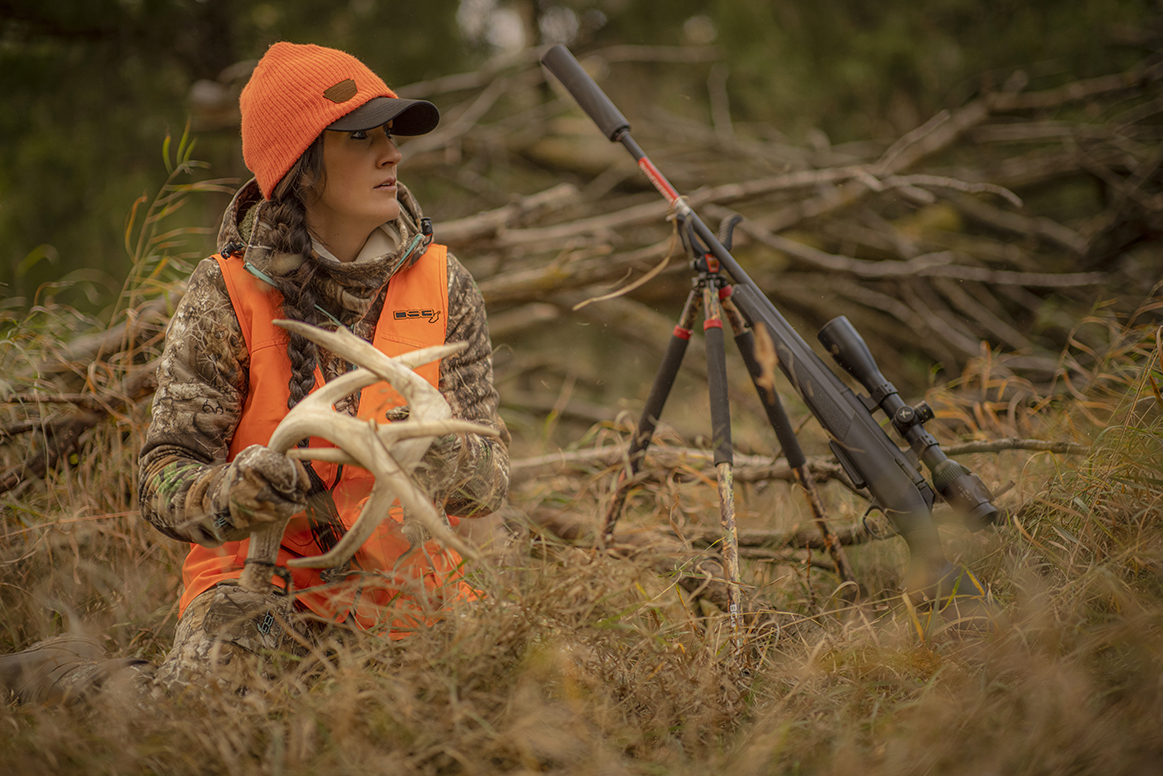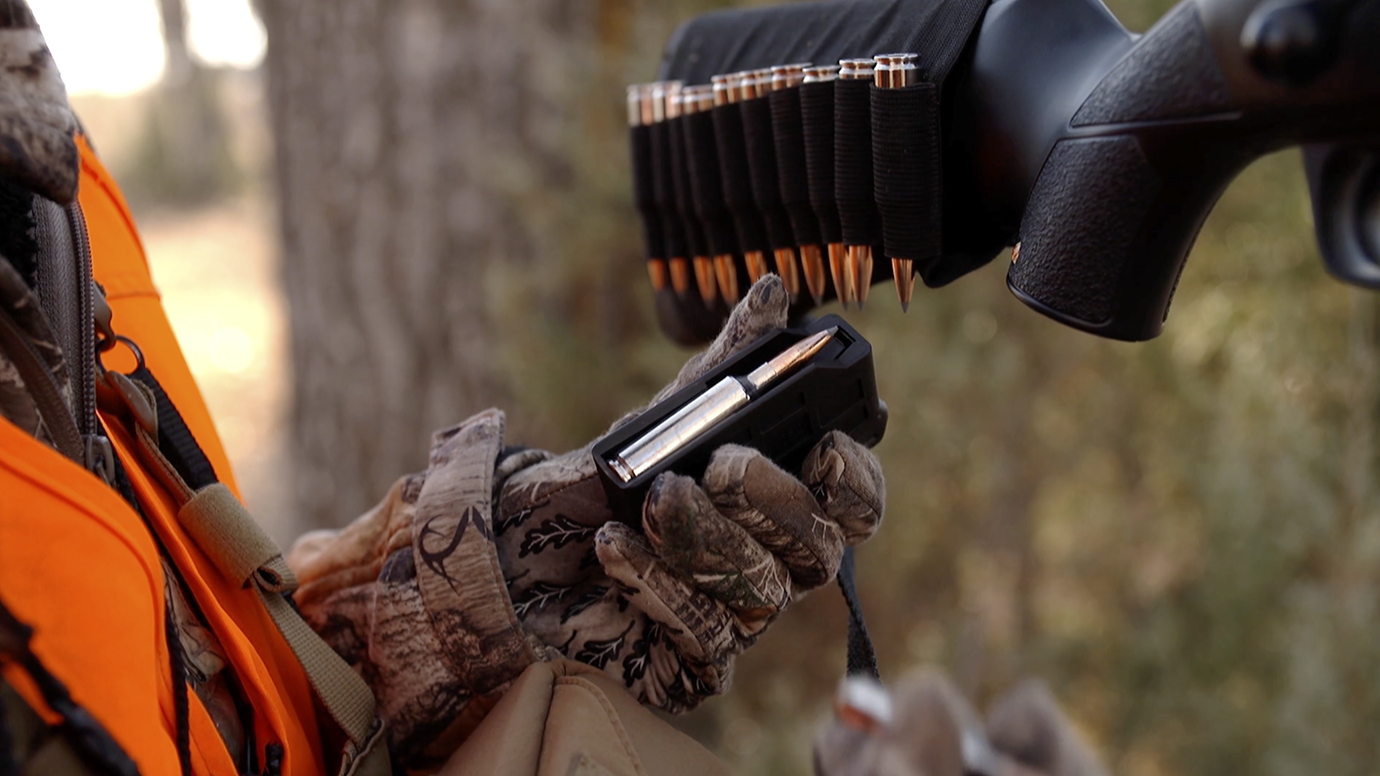Strategies for Greater Deer Hunting Success
Looking toward fall, one of my all-time favorites is and always will be deer hunting. It’s the one hunt I’ve done since I was a little girl in central Minnesota and it's something many hunters can relate to.

When it comes to tips and tactics for deer, there are numerous strategies hunters use across the country, but a few are universally effective. The most important is adapting to weather, animal movement, and terrain.
You may have a perfect plan, but always be ready to adjust based on real-time observations. Adapting doesn't mean giving up when weather gets bad; it means modifying your methods to suit conditions.
For instance, I've shot some huge bucks in unusually warm weather by changing my approach. I constantly monitor trail cameras, follow deer patterns and adjusted stands accordingly. I've also hunted through nasty snowstorms by positioning myself where deer would seek cover and avoid wind while staying close to a food source.
I've learned a lot from hunting with people of various experience levels. Some strategies I've seen are brilliant and worth trying, while others are less effective. The key is to keep learning and absorbing new knowledge every single day you’re afield.
One area for improvement is doing things right the first time. Often, hunters take a trial-and-error approach that can spook mature deer. A little pre-planning goes a long way. Think carefully about your entrance and exit routes. Be aware of where deer bed and feed, and avoid bumping them on your way in or out. If you notice this happening, find an alternate route or seek permission to access property from another side.
Hunting on the ground instead of ablindor treestand can be exciting, but it requires careful planning. Avoid wandering aimlessly; instead, get to high points to watch and glass without being seen. Always consider your back cover and avoid being silhouetted against the sky.
When hunting on the ground, always be mindful of wind and where deer will come from, especially when calling. Deer often approach downwind to investigate scents. Choose locations where they can’t get downwind due to natural barriers like rock ledges or bodies of water.
For calling deer, timing and realism are crucial. Rattle during periods when bucks would actually be fighting, and keep your setups short and explosive. After rattling, be patient—wait at least 30-45 minutes. If a smaller buck comes in and takes off, rattle again to mimic a real fight as younger deer often get run off. This can entice a mature buck to investigate.
Although there are many options when it comes to ammo, the 6.8 Western has become one of my favorites for its outstanding performance, especially long range. You get incredible performance with less felt recoil versus larger magnum calibers. So in my opinion, you’re getting the best of both worlds. The 6.8 Western uses a heavier bullet with a higher ballistic coefficient, which in turn delivers more energy than most short-action cartridges. Because of this, it has comparable energy levels to many of the long-action cartridges with similar bullet weights.
The first time I put 6.8 to the test was a deer hunt in Montana where I rattled in a buck from several hundred yards away. After the shot I was amazed by the blood trail and overall performance of this cartridge.
Successful deer hunting requires adaptability, careful planning and the right equipment. By learning from others and continuously refining strategies, you can improve your hunting experience and increase your chances of success.







